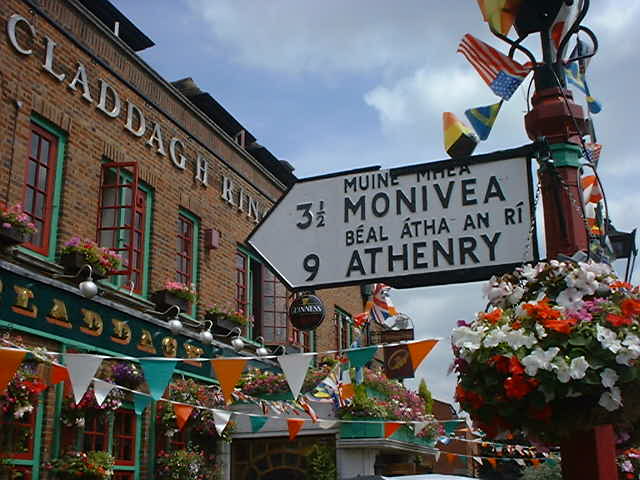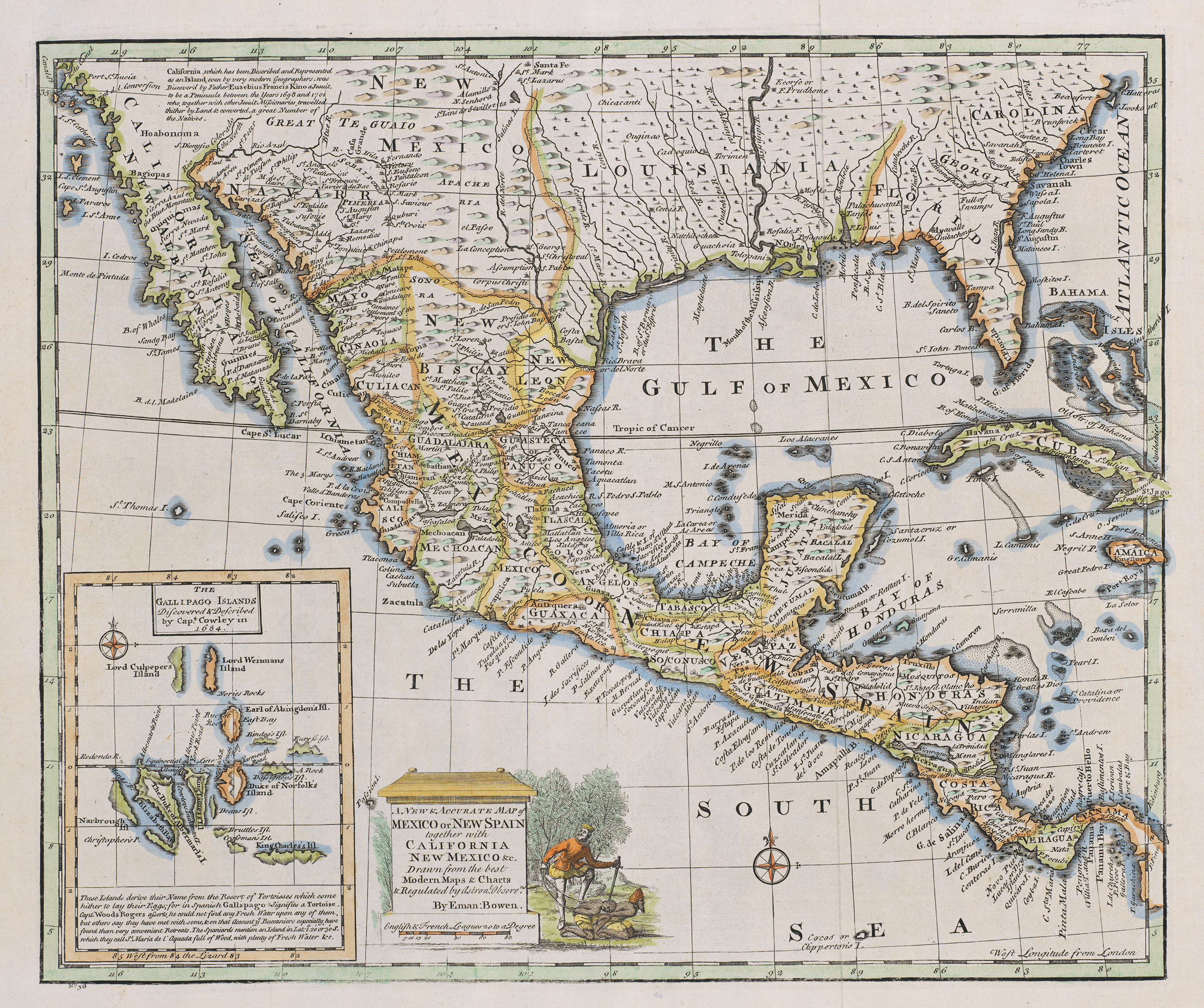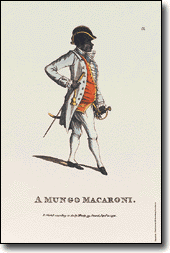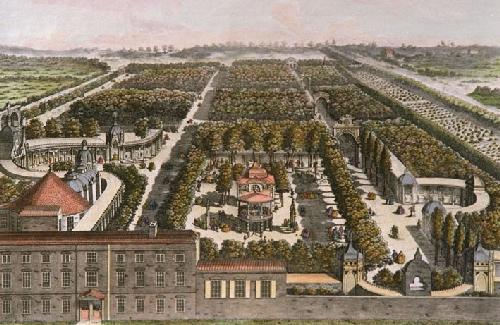|
John Oakman
John Oakman (c.1748–1793) was an English engraver and writer. Life Oakman was born in Hendon about 1748, and was educated at a grammar school. He was apprenticed to the map-engraver Emanuel Bowen, but left before completing his indenture, in consequence of an affair with his daughter, whom he afterwards married. He kept a shop in partnership with Matthias Darly for the sale of caricatures and similar prints, "but the love of pleasure and good company got so much the better of his judgment that he was soon put to other contrivances to obtain a living."Page 335 '' The Monthly Magazine'', volume 10. 1800. Having some literary facility, he made money by writing several disreputable novels, such as ''The Life and Adventur ... [...More Info...] [...Related Items...] OR: [Wikipedia] [Google] [Baidu] |
Hendon
Hendon is an urban area in the Borough of Barnet, North-West London northwest of Charing Cross. Hendon was an ancient manor and parish in the county of Middlesex and a former borough, the Municipal Borough of Hendon; it has been part of Greater London since 1965. Hendon falls almost entirely within the NW4 postcode, while the West Hendon part falls in NW9. Colindale to the north-west was once considered part of Hendon but is today separated by the M1 motorway. The district is most famous for the London Aerodrome which later became the RAF Hendon; from 1972 the site of the RAF station was gradually handed over to the RAF Museum. The railways reached Hendon in 1868 with Hendon station on the Midland Main Line, followed by the London Underground further east under the name Hendon Central in 1923. Brent Street emerged as its commercial centre by the 1890s. A social polarity was developed between the uphill areas of Hendon and the lowlands around the railway station. Hendon is l ... [...More Info...] [...Related Items...] OR: [Wikipedia] [Google] [Baidu] |
Emanuel Bowen
Emanuel Bowen (1694 – 8 May 1767) was a Welsh map engraver, who achieved the unique distinction of becoming Royal Mapmaker to both to King George II of Great Britain and Louis XV of France. Bowen was highly regarded by his contemporaries for producing some of the largest, most detailed and most accurate maps of his era. He is known to have worked with most British cartographic figures of the period including John Owen and Herman Moll. Background Bowen was born at Tal-y-Llychau (now Talley), Carmarthenshire, Wales. His father was Owen Bowen, a prominent member of the local gentry (i e. "a distinguished but not noble gentleman"). In 1709, Emanuel Bowen was apprenticed as a merchant tailor to Charles Price. Bowen worked in London from 1714 and was admitted to the Merchant Taylors Livery Company on 3 October 1716. Career One of his earliest engraved works, ''Britannia Depicta'', published in 1720, contained over two hundred road maps together with a miniature county map of eac ... [...More Info...] [...Related Items...] OR: [Wikipedia] [Google] [Baidu] |
Matthias Darly
Mary and Matthew Darly were English printsellers and caricaturists during the 1770s. Mary Darly ( fl. 1756–1779) was a printseller, caricaturist, artist, engraver, writer, and teacher. She wrote, illustrated, and published the first book on caricature drawing, ''A Book of Caricaturas'' ic(c. 1762), aimed at "young gentlemen and ladies." Mary was the wife of Matthew Darly, also called Matthias ( fl. 1741–1778), a London printseller, furniture designer, and engraver. Mary was evidently the second wife of Matthew; his first was named Elizabeth Harold.Constance Simon, ''English Furniture Designers of the Eighteenth Century'' (A.H. Bullen, 1905), 39-51. Matthew Darly Apprenticed to the clockmaker Umfraville Sampson in 1735, Darly himself took on four apprentices between 1752 and 1778. During the first part of his career, Matthew Darly moved from one part of the Strand to other, but he always called his shops the "Acorn" or the "Golden Acorn." He may have begun his car ... [...More Info...] [...Related Items...] OR: [Wikipedia] [Google] [Baidu] |
The Monthly Magazine
''The Monthly Magazine'' (1796–1843) of London began publication in February 1796. Contributors Richard Phillips was the publisher and a contributor on political issues. The editor for the first ten years was a literary jack-of-all-trades, Dr John Aikin.Arthur Sherbo. From the "Monthly Magazine, and British Register": Notes on Milton, Pope, Boyce, Johnson, Sterne, Hawkesworth, and Prior. ''Studies in Bibliography'', Vol. 43 (1990). Other contributors included William Blake, Samuel Taylor Coleridge, George Dyer, Henry Neele Henry Neele (29 January 1798 – 7 February 1828) was an English poet and literary scholar. He was also a practising attorney in the West End of London. Early life Neele was the son of Samuel John Neele (1758–1824), a cartographer, engraver, ..., Charles Lamb, and James Hogg. The magazine also published the earliest fiction by Charles Dickens, the first of what would become '' Sketches by Boz''. The circulation of the magazine in early 1830s w ... [...More Info...] [...Related Items...] OR: [Wikipedia] [Google] [Baidu] |
Vauxhall Gardens
Vauxhall Gardens is a public park in Kennington in the London Borough of Lambeth, England, on the south bank of the River Thames. Originally known as New Spring Gardens, it is believed to have opened before the Restoration of 1660, being mentioned by Samuel Pepys in 1662. From 1785 to 1859, the site was known as Vauxhall, a pleasure garden and one of the leading venues for public entertainment in London from the mid-17th century to the mid-19th century. The Gardens consisted of several acres of trees and shrubs with attractive walks. Initially entrance was free, with food and drink being sold to support the venture. It was accessed by boat until the erection of Vauxhall Bridge in the 1810s. The area was absorbed into the metropolis as the city expanded in the early to mid-19th century. The site became Vauxhall Gardens in 1785 and admission was charged for its attractions. The Gardens drew enormous crowds, with its paths being noted for romantic assignations. Tightrope wal ... [...More Info...] [...Related Items...] OR: [Wikipedia] [Google] [Baidu] |
Bermondsey Spa
Thomas Keyse (1722–1800) was an English still-life painter, and the proprietor of Bermondsey Spa. Life A self-taught artist, Keyse was a member of the Free Society of Artists, and exhibited with them from 1761 to 1764; he painted still life, flowers or fruit. From 1765 to 1768 he was an occasional exhibitor at the Society of Artists, and twice sent pictures to the Royal Academy. In 1768 he obtained a premium from the Society of Arts for a new method of setting crayon drawings. About 1770 Keyse opened a tea-garden in Bermondsey, then a suburb of London, where a chalybeate spring had been found, and which became known as the Bermondsey Spa. Here, with other attractions, Keyse kept a permanent exhibition of his own drawings. Obtaining a music license, he made the gardens an imitation of the Vauxhall Pleasure Gardens, open in the evening during the summer months, and provided fireworks, including a set-piece of the siege of Gibraltar, constructed and designed by Keyse himself. K ... [...More Info...] [...Related Items...] OR: [Wikipedia] [Google] [Baidu] |
Burletta
In theater and music history, a burletta (Italian, meaning "little joke", sometimes burla or burlettina) is a brief comic opera. In eighteenth-century Italy, a burletta was the comic intermezzo between the acts of an ''opera seria''. The extended work Pergolesi's ''La serva padrona'' was also designated a "burletta" at its London premiere in 1758. In England, the term began to be used, in contrast to burlesque, for works that satirized opera but did not employ musical parody. Burlettas in English began to appear in the 1760s, the earliest identified as such being ''Midas'' by Kane O'Hara, first performed privately in 1760 near Belfast, and produced at Covent Garden in 1764. The form became debased when the term ''burletta'' began to be used for English comic or ballad operas, as a way of evading the monopoly on "legitimate drama" in London belonging to Covent Garden and Drury Lane. After the passage of the Theatres Act of 1843, which repealed crucial regulations of the Licensing A ... [...More Info...] [...Related Items...] OR: [Wikipedia] [Google] [Baidu] |
Astley's Amphitheatre
Astley's Amphitheatre was a performance venue in London opened by Philip Astley in 1773, considered the first modern circus ring. It was burned and rebuilt several times, and went through many owners and managers. Despite no trace of the theatre remaining today, a memorial plaque was unveiled in 1951 at its site at 225 Westminster Bridge Road. History The Amphitheatre opened in 1773. The structure was burned down in 1794, then rebuilt in less than seven months before being destroyed by fire again in 1803. The Amphitheatre was again rebuilt, this time in the style of rival Charles Hughes's Royal Circus with lavish decorations and reputedly the largest stage in London. With increasing prosperity and rebuilding after successive fires, it grew to become Astley's Royal Amphitheatre and this was the home of the circus. The location of the theatre was Westminster Bridge Road in Lambeth. The theatre continued to be popular long after Astley's death in 1814. His brother John succeeded ... [...More Info...] [...Related Items...] OR: [Wikipedia] [Google] [Baidu] |
Holy Trinity Minories
Minories ( ) is the name of a small former administrative unit, and also of a street in central London. Both the street and the former administrative area take their name from the Abbey of the Minoresses of St. Clare without Aldgate. Both are positioned just to the east of, and outside, the line of London's former defensive walls, in London's East End. The area of the former administrative unit was outside the City of London (most recently in the London Borough of Tower Hamlets), with the street partially in the City and partly in Tower Hamlets. Boundary changes in 1994 mean the area of both is now wholly within the City of London. Toponymy Minories' name is derived from the former Abbey of the Minoresses of St. Clare without Aldgate, a house of the Poor Clares, members of the Order of St Clare, founded in 1294 and known generally in medieval England as "minoresses". A "minoress" was a nun in the Second Order of the Order of Friars Minor known as Franciscans. (A small side- ... [...More Info...] [...Related Items...] OR: [Wikipedia] [Google] [Baidu] |
1748 Births
Events January–March * January 12 – Ahmad Shah Durrani captures Lahore. * January 27 – A fire at the prison and barracks at Kinsale, in Ireland, kills 54 of the prisoners of war housed there. An estimated 500 prisoners are safely conducted to another prison."Fires, Great", in ''The Insurance Cyclopeadia: Being an Historical Treasury of Events and Circumstances Connected with the Origin and Progress of Insurance'', Cornelius Walford, ed. (C. and E. Layton, 1876) p51 * February 7 – The San Gabriel mission project begins with the founding of the first Roman Catholic missions further northward in the Viceroyalty of New Spain, in what is now central Texas. On orders of the Viceroy, Juan Francisco de Güemes, Friar Mariano Marti establish the San Francisco Xavier mission at a location on the San Gabriel River in what is now Milam County. The mission, located northeast of the future site of Austin, Texas, is attacked by 60 Apache Indians on May ... [...More Info...] [...Related Items...] OR: [Wikipedia] [Google] [Baidu] |
1793 Deaths
The French Republic introduced the French Revolutionary Calendar starting with the year I. Events January–June * January 7 – The Ebel riot occurs in Sweden. * January 9 – Jean-Pierre Blanchard becomes the first to fly in a gas balloon in the United States. * January 13 – Nicolas Jean Hugon de Bassville, a representative of Revolutionary France, is lynched by a mob in Rome. * January 21 – French Revolution: After being found guilty of treason by the French National Convention, ''Citizen Capet'', Louis XVI of France, is guillotined in Paris. * January 23 – Second Partition of Poland: The Russian Empire and the Kingdom of Prussia partition the Polish–Lithuanian Commonwealth. * February – In Manchester, Vermont, the wife of a captain falls ill, probably with tuberculosis. Some locals believe that the cause of her illness is that a demon vampire is sucking her blood. As a cure, Timothy Mead burns the heart of a deceased person ... [...More Info...] [...Related Items...] OR: [Wikipedia] [Google] [Baidu] |
18th-century English Novelists
The 18th century lasted from January 1, 1701 (Roman numerals, MDCCI) to December 31, 1800 (Roman numerals, MDCCC). During the 18th century, elements of Age of Enlightenment, Enlightenment thinking culminated in the American Revolution, American, French Revolution, French, and Haitian Revolution, Haitian Revolutions. During the century, History of slavery, slave trading and human trafficking expanded across the shores of the Atlantic Ocean, Atlantic, while declining in Russian Empire, Russia, Qing dynasty, China, and Joseon, Korea. Revolutions began to challenge the legitimacy of monarchical and aristocratic power structures, including the structures and beliefs that Proslavery, supported slavery. The Industrial Revolution began during mid-century, leading to radical changes in Society, human society and the Natural environment, environment. Western historians have occasionally defined the 18th century otherwise for the purposes of their work. For example, the "short" 18th cen ... [...More Info...] [...Related Items...] OR: [Wikipedia] [Google] [Baidu] |









